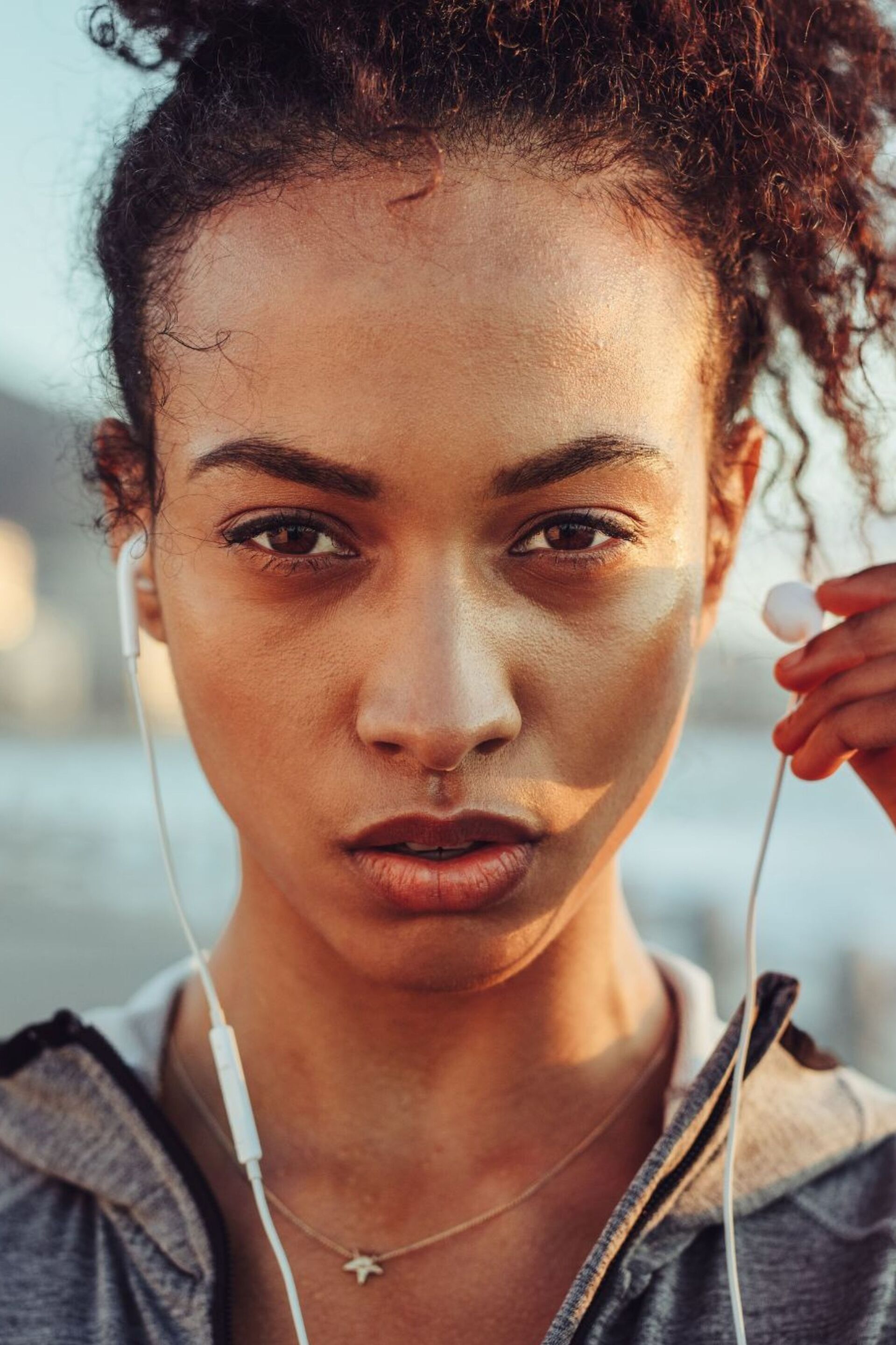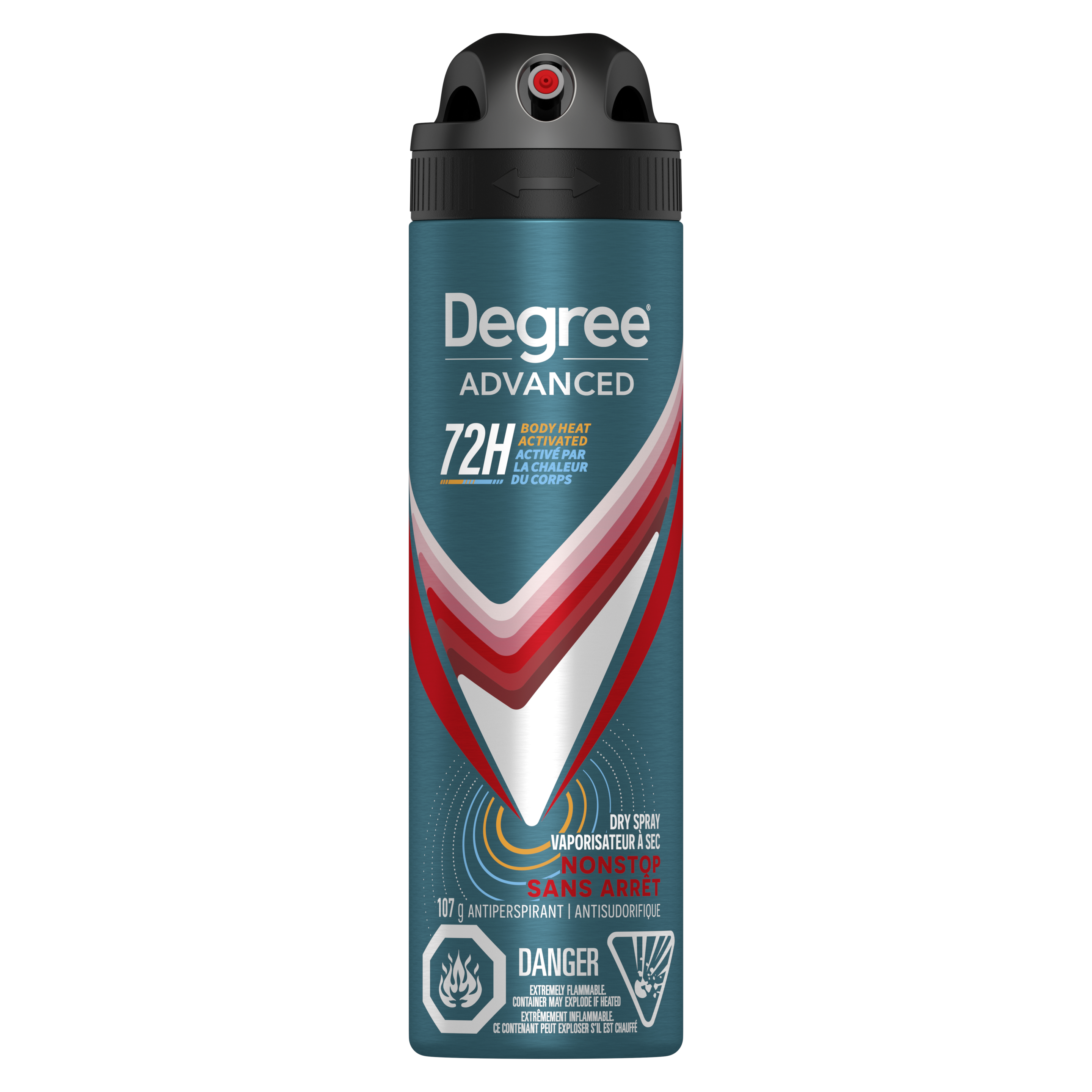4. You’re prone to heavy sweating
If you have a condition that causes excessive sweating, you may be more prone to develop a sweat rash.
Explore the signs and symptoms of excessive sweating in our informative guide.
5. Taking medications that cause sweating
If you are taking any medicines that can cause you to sweat a lot, you could also develop a sweat rash. This can include some blood pressure medications, acne medications, or hormone therapies. If you’d like to find out more about these medications, read our article about them.
Recognizing the signs of a sweat rash
If you’re wondering if you have a sweat rash, look out for:²
1. Red bumps or tiny blisters on the skin
Small red bumps or tiny blisters might pop up, and they can be itchy.
2. Prickling sensation
Your skin might feel a bit prickly or tingly, especially where you sweat or where the rash is.
3. Itching and discomfort
You might feel itchy, and the affected area can be uncomfortable.
4. Swelling
The skin could turn red and a bit swollen, especially in the area of the rash.
6. Rash clusters or patches
The rash might show up in groups or patches, along the paths where you sweat.
3 types of sweat rash
Not all sweat rashes are alike. There are three main types you should be aware of:¹
1. Miliaria crystallina
It’s the mildest type with small, clear bumps filled with fluid on the skin's surface. These bumps are fragile and can easily break.
2. Miliaria rubra (prickly heat)
It causes an itchy or prickly feeling along with small, inflamed bumps on the skin. If the bumps fill with pus, it's called miliaria pustulosa.
3. Miliaria Profunda
It affects the skin's deepest layer, featuring firm and either painful or itchy bumps.





